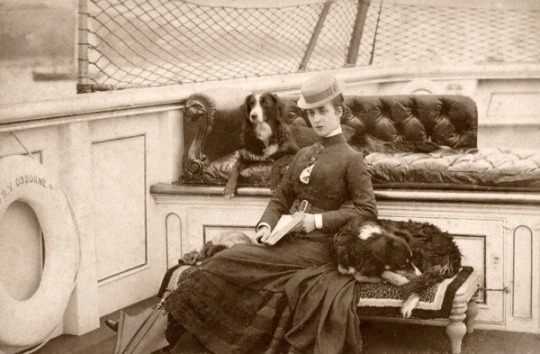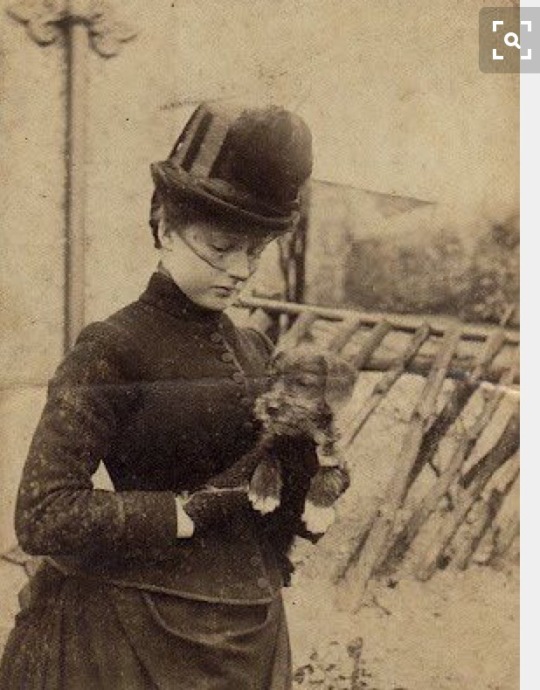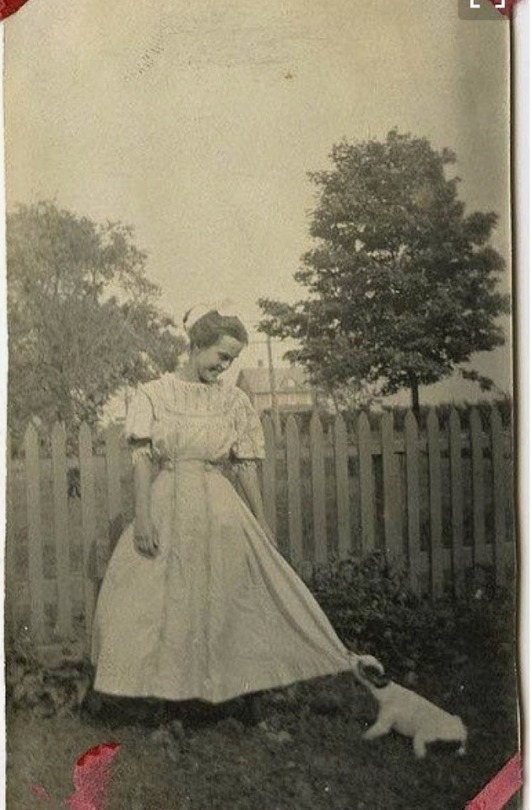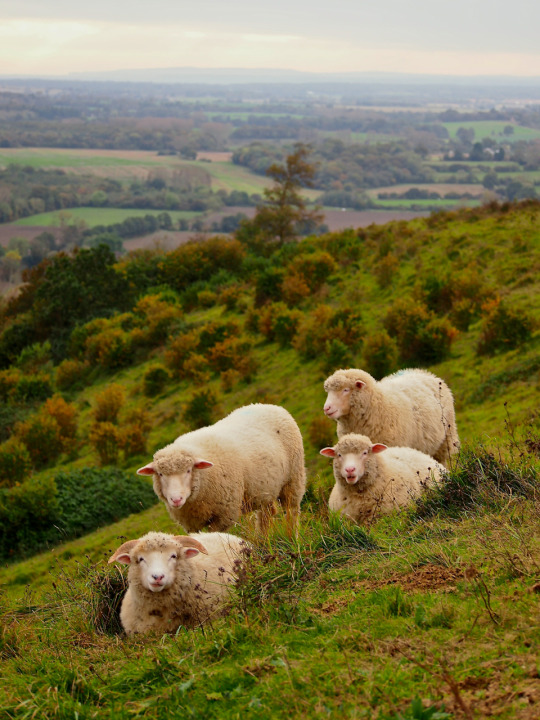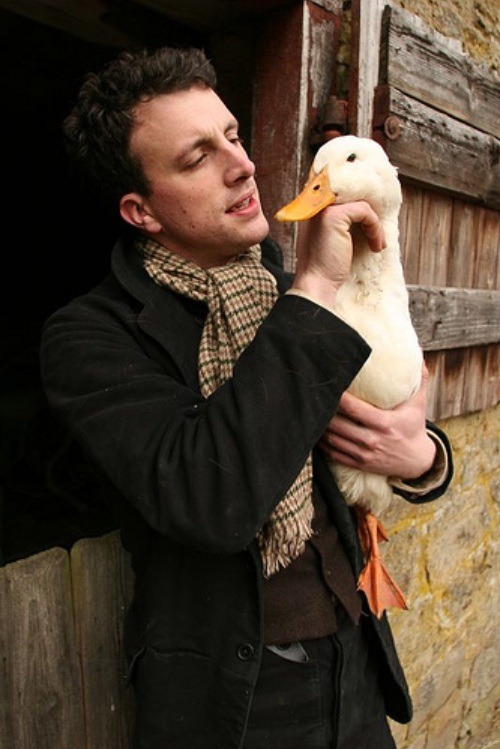Photo
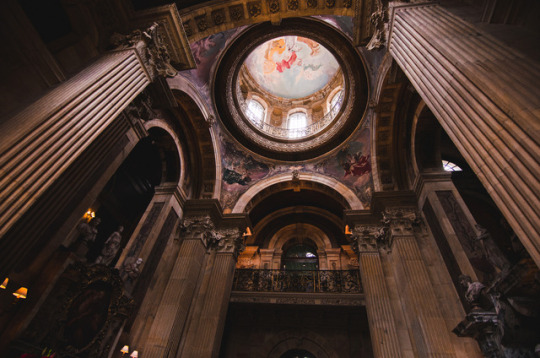
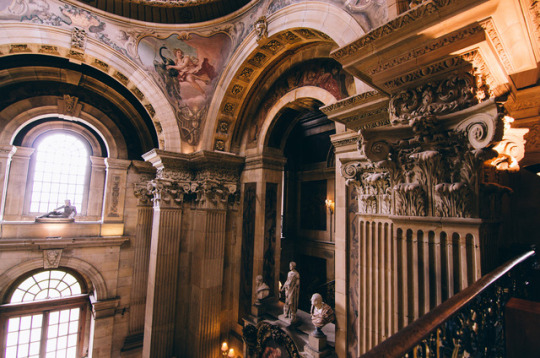
Castle Howard, Yorkshire by hmak0
9K notes
·
View notes
Photo
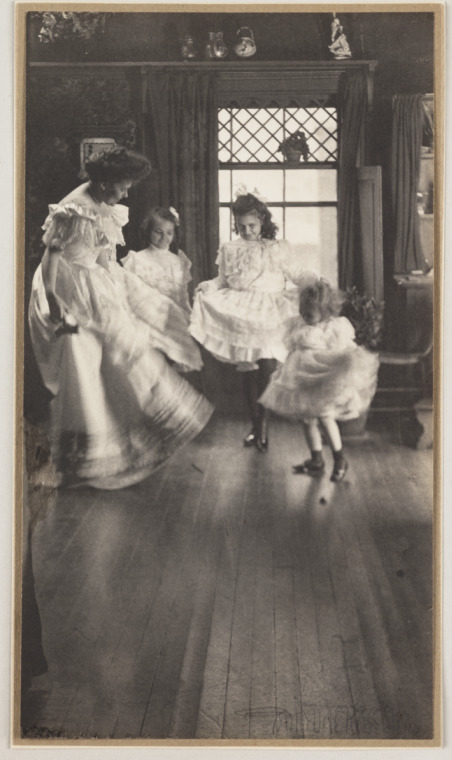
The Dance, c.1905 by Gertrude Kasebier
1K notes
·
View notes
Photo

Peveril Castle
Derbyshire, England by Brownie Bear
Build shortly after the Norman Conquest (1066-1072 CE), Peveril Castle stands out as one of the few Norman castles to be built originally in stone rather than timber. The castle fell into the hands of the crown following the civil war known as The Anarchy (1135-1153). It remained more-or-less a royal property until its decline in the 15th century.
437 notes
·
View notes
Photo
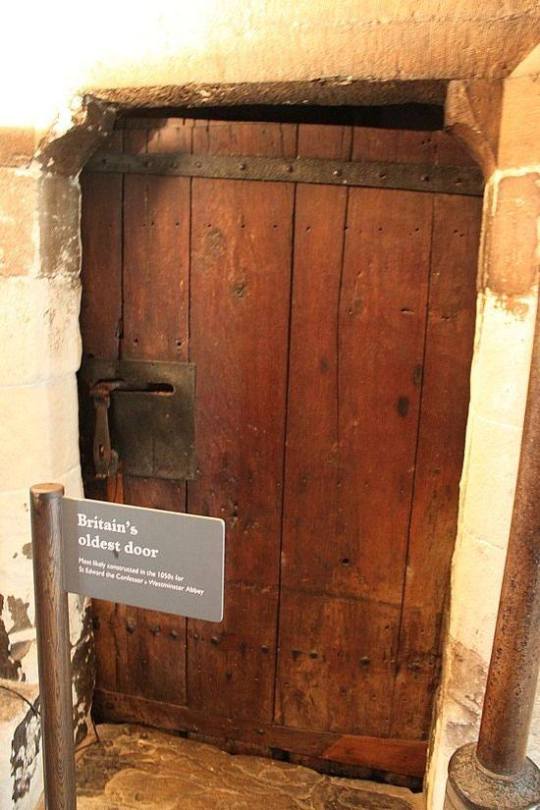
The oldest door in Britain in Westminster Abbey - a 900-year-old door was put in place in the 1050s, during the reign of the Abbey’s founder, Edward the Confessor. The door, which measures 6.5ft by 4ft, was made from one tree which probably grew between AD 924 and 1030. Simon Thurley, of English Heritage, said: “It is incredible to think that when the door was made the Norman Conquest had not yet happened and William of Normandy was still a young man of about 20.”
3K notes
·
View notes
Photo
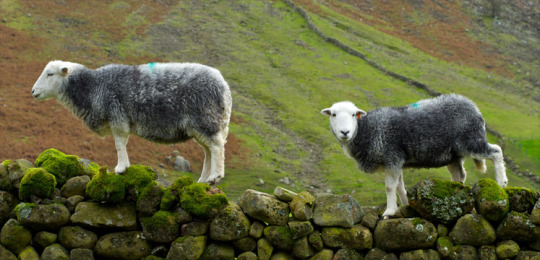
Herdwick sheep, Lake District, Cumbria, England
by John M
667 notes
·
View notes
Photo
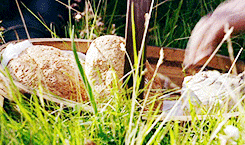

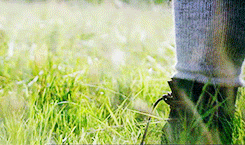


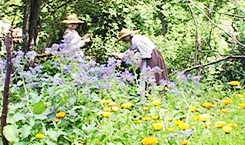


Tales from the Green Valley in Summer
649 notes
·
View notes
Quote
Meanwhile, as the alcohol flowed freely, race meetings often erupted into violence. Usually, it took the form of common brawling, but, according to the Birmingham Mercury, in 1855 the day at Aston Park ended with eleven thousand ruffians dividing into two gangs of ‘British’ and 'Russians’ to re-enact the battles of the Crimea, with many of the participants ripping up the fence posts around the race course to use as weapons. The action spread into the neighbouring town, and sixteen people were hospitalized.
How to be a Victorian by Ruth Goodman
(via nothwell)
30 notes
·
View notes
Link
The link is for episode one (focusing on the period from 1837) - subsequent episodes explore the 1850s and 60s (episode two), 1868 (episode three), and the end of the Victorian era (episode four)
2 of 4 | 3 of 4 | 4 of 4
14 notes
·
View notes
Photo



oh boys.. <3
111 notes
·
View notes
Photo

Ruth and Eve Goodman in BBC2 Wartime Farm Episode 6. Hair and makeup Vintage Hair Lounge
225 notes
·
View notes
Photo


Wartime Farm // Alex can't let Peter win anything
53 notes
·
View notes
Photo
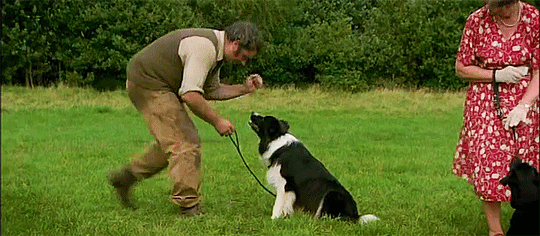



Wartime Farm // Henry wins the obedience challenge
29 notes
·
View notes
Photo
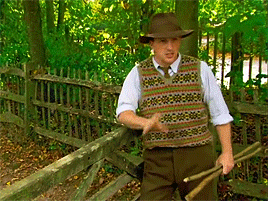


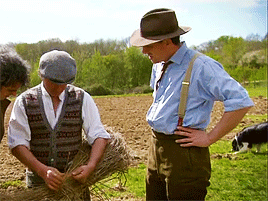


Wartime Farm // Alex's wardrobe
18 notes
·
View notes
Text
Since it came up, let me talk about really fun things about The Middle Ages.
First thing you need to remember is, The Middle Ages lasted 1000 years, so they did this or they did that, isn’t really a viable universal statement about anything (1000 years ago was in the middle of The Middle Ages).
Now, time for some of my favorite misconceptions. The Back Death lead to people not bathing in water (more on that shortly), and not the other way around. Until The Black Death, bathing was really popular, and soap was being produced on a near industrial level, bathing with guests was considered polite in high society. Then came the plague. People with literally no concept of germs starting trying to figure out why is spread, and two different theories about illness ended up pointing their finger at bathing in water. Bathing opened up the pores, and let in bad humours or miasma (the “bad smells make you sick” theory, and cause people to get sick.
But, if you’ve noticed I’ve said “bathing in water” that’s actually for a specific reason. People still bathed, just differently than they do today. There were a few things involved with it, one was undergarments. If you look into medieval dress at all, you’ll always notices things like the chemise, and stockings…these were ideally made of linen and the layer closest to your skin was washed at least weekly (even for peasants), the reason for this is the linen absorbed bodily oils and dirt. People also vigorously scrubbed their skin with linen cloths, and hair was cleaned by combing out any debris, then brushing it to distribute the oils (the natural materials like wood, and boar’s bristle acts very differently than our metal and plastic). You know that “brush your hair 100 strokes” thing you hear? Yep it served a purpose. And Ruth Goodman, a historian focused on domestic history actually tried it for three months in modern life, and no one could tell the difference if she kept it up at noble standards. Later for a show she did called Tudor Farm she went back to non-water bathing again, but at peasant standards, and any body odor was mild enough that it was covered up by the smell of wood smoke.
130 notes
·
View notes
